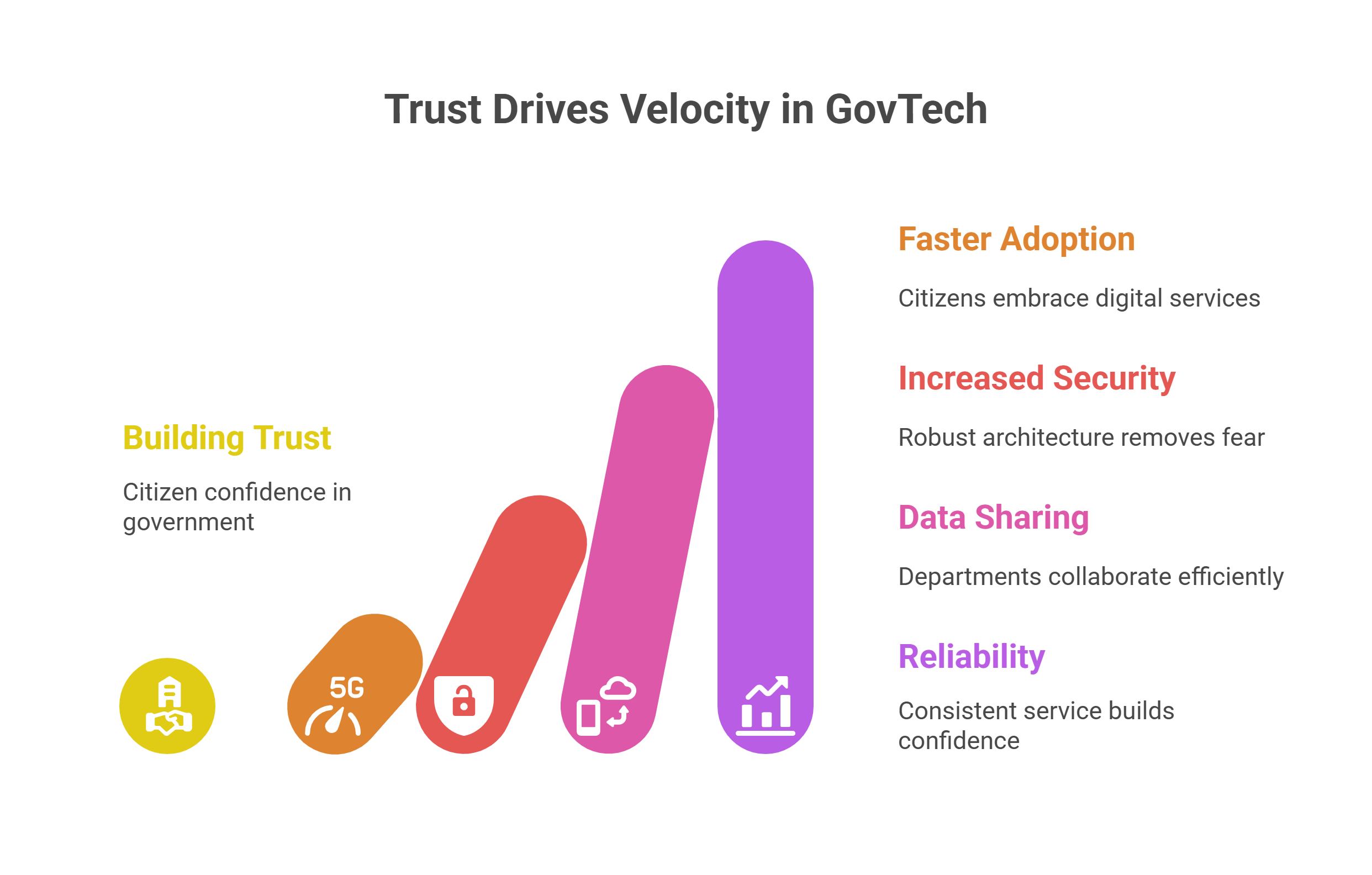
For any government or industry, the fulcrum of the growth lever rests on the quality and pace of implementing crucial projects. But no government or an industrial conglomerate can claim to execute all key projects on its own. And, if you look at the government’s massive mandate, it goes beyond taking up the flagship infrastructure projects- its portfolio includes livelihood and sustainable projects like drinking water which need to be commissioned on time to benefit the millions. To ensure timely completion of projects, governments select competent, result driven contractors with the flair and track record of delivering projects in the stipulated time span. The catch here is the selection of contractors with impeccable credentials- a feature which manual bidding process fails to address wholly. The panacea is in an end-to-end automated contractor management system- the one that is not just an exhaustive database of the contractor life cycle but offers ‘real time’ view of the status of all projects, fixes accountability on the contractors and is also integrated with the labour registry to ensure timely payment of wages and compliance with labour regulations.
Need to Align Contractors’ Performance with Efficient Governance
Government oversight of projects awarded to contractors is essential to enhance the quality of governance and improve process efficiency. The timely delivery of projects keeps the growth engine buzzing and cements the image of the government, thus promoting the avowed objective of ‘Ease of Doing Business (EoDB). Through effective management of contractors, governments also ensure conformity with long-standing labour regulations. India, for instance, has Minimum Wages Act’ of 1948 which mandates payment of minimum wages to both skilled and unskilled labour and also empowering legislations centred on labour welfare like The Employees Provident Funds (EPF) & Miscellaneous Provisions Act 1952 and The Employees State Insurance (ESI) Act of 1948 enacted to provision for long-term social security cover. However, implementing the laws in spirit is not a cakewalk as challenges abound for governments that have to operate in regulated environments.
The Challenges to Manage Contractors
All government agencies- federal, state or local have to work within the limits of prescribed regulations. To illustrate, a government agency or department is empowered to adjust the terms and scope of an ongoing project. In the same vein, a contractor responsible for the project has the right to be compensated for losses emerging out of any such change. Also, a government agency can annul a contract at any time. Here too, the contractor is entitled to avail compensation if he did not breach the terms of the contract. The other major challenge for governments is to ensure that deadlines are scrupulously followed just like the practice prevailing in the corporate world. To ensure that the timelines are met, government contractors and sub-contractors should be amply prepared, well informed and rigorously trained in all facets of government contract management.
That apart, the government agencies have to overcome a slew of attendant problems. There can be manipulation in tenders due to error prone manual processes, pain associated with physical submission of Earnest Money Deposit (EMD) and performance record by bidders, paper work involved and time consumed in vetting manual document and non-integration of contractor database with online payment gateway, labour registry and works management system. Moreover, there are project and cost overruns incurred by government agency or department due to delays in manual processing.
Promise in Digital Transformation
A seamless, automated contractor management system promises to make the contractor selection and management system more standardized and transparent. It appraises performance of contractors to ensure quality and timeliness of projects, fixes accountability on them to ensure conformity with labour laws and boosts EoDB by easing processes. Such digitally strengthened GovTech solutions eliminate the need for bidders to manually submit document, ensure ethical treatment and fair remuneration to workers by government selected contractors, offer wage guarantee for labour and services, vouchsafe timely payment of minimum wages and deposit of insurance and EPF dues and usher in greater clarity in employment and payments data of workers. It is a consummate solution that registers all contractors, grants them a string of approvals, keeps tabs on their performance and provides ‘real time’ updates on status of projects. The striking takeaway of this unified portal is its seamless integration with e-procurement portal, labour database and works management system, thus taking care of the entire project cycle. Technology interventions not just improve the transparency score but strengthen the government’s ‘oversight mechanism’, plugging leakages and preventing delays. It raises the bar on how a government interfaces with and delivers to its citizens.
The author is Priyadarshi Nanu Pany, founder & CEO of CSM Technologies. This article was originally published on his LinkedIn profile.










































We will verify and publish your comment soon.